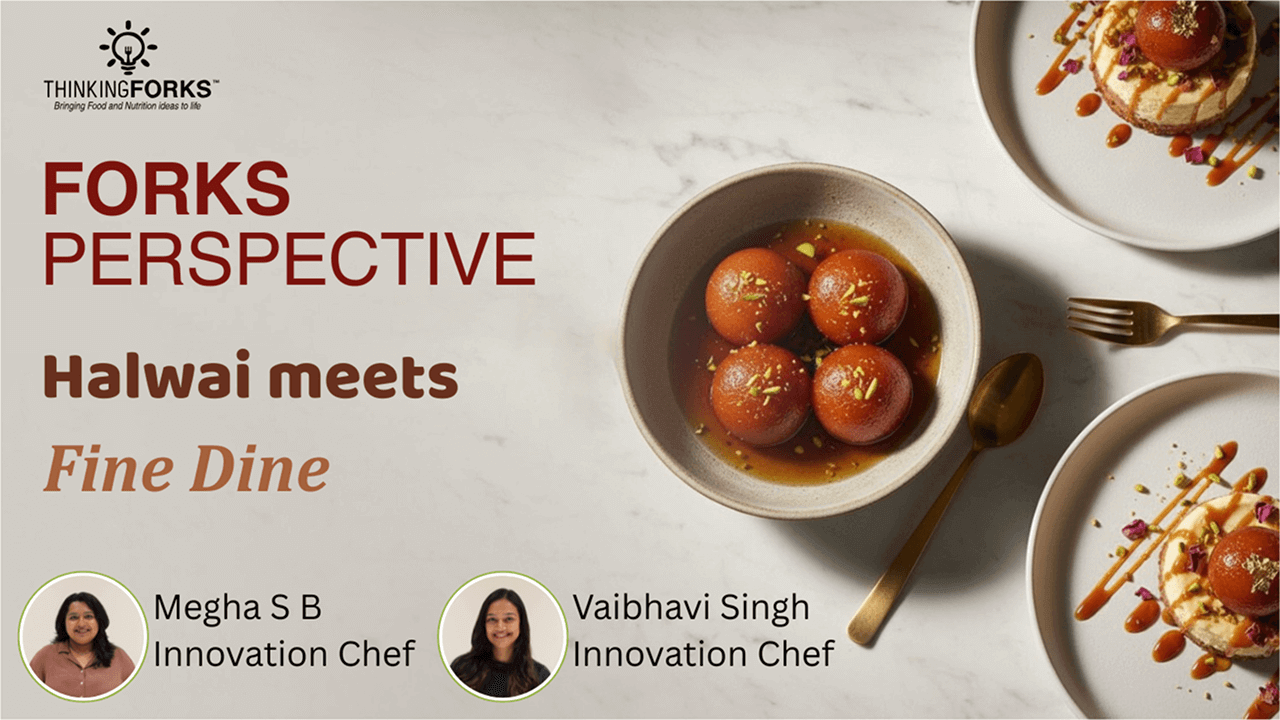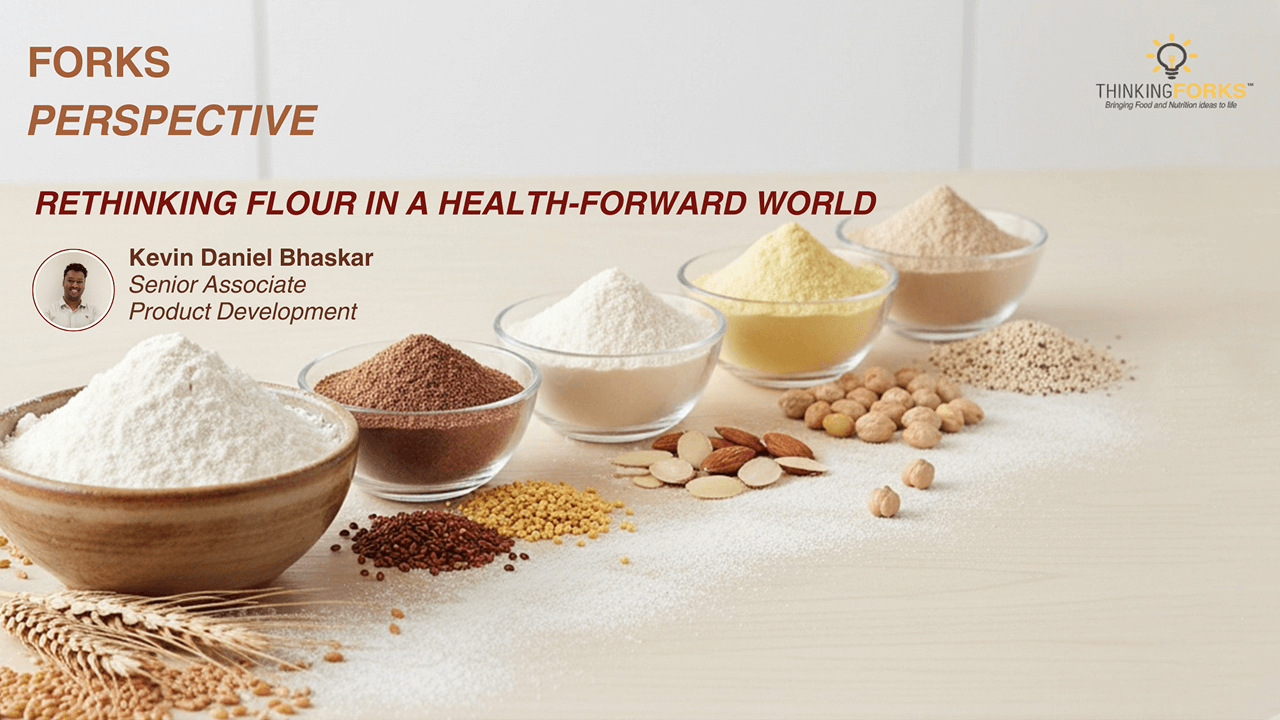The food and beverage industry is undergoing a shift not just in what we make, but how decisions are made across the value chain. As highlighted in the 2025 Top Food & Beverage Innovation Trends report by Inside FMCG (VIEW) automation and AI are gaining momentum in response to rising cost pressures and evolving consumer demands.
At Thinking Forks, we believe the real unlock lies in embedding intelligence and digitization across product and process layers not just in R&D, but in regulatory, supply chain, and commercial functions as well. From smart ingredient libraries and digital product toolboxes to auto-generated product specs and client-ready catalogues, digital tools enable F&B businesses to innovate faster and validate feasibility earlier.
An important and critical enabler of this transformation is of course the harmonized data standardized base recipes, categorizing and labeling data (e.g., product types, ingredients, claims) across teams and functions, and linked specifications across geographies and business units. Data unification not only avoids duplication and confusion but can also drives significant cost savings by identifying reusable components, simplifying SKUs, and enabling scale purchasing for common bases or formats.
This approach is evident in categories like frozen bakery, where quick-turn customization for food service clients benefits from modular, cost-aware product assembly. Similarly, in plant-based beverages, where formulations often vary by region, AI-assisted tools enable teams to tailor recipes to local taste preferences, nutritional goals, and compliance needs all while building from a common global base.
These are just examples the same digital and modular approach can be readily applied across categories, from savory snacks to ready meals. Any segment that involves formulation complexity, cost sensitivity, or regional adaptation stands to benefit significantly.
Based on our observations across F&B organizations over the years, we believe that custom-built digital tools often offer greater agility than traditional off-the-shelf PLM platforms. While PLMs provide essential structure and governance, they can also impose rigid logic that doesn’t always reflect the nuanced, cross-functional workflows typical of food businesses.
In many cases, tailored digital layers that sit alongside or complement PLM systems have proven effective in bridging this gap. Most F&B teams still rely on spreadsheets and human dependency on a few experts. It’s time to replace that with digitally connected, intelligent ecosystems that enable scalable innovation, reduce time-to-market, and bridge the gap between product creation and commercial execution.




